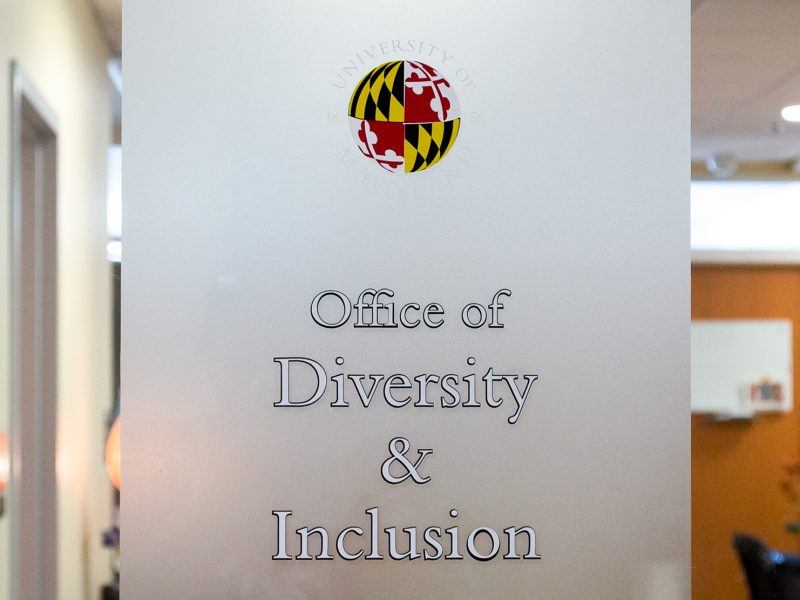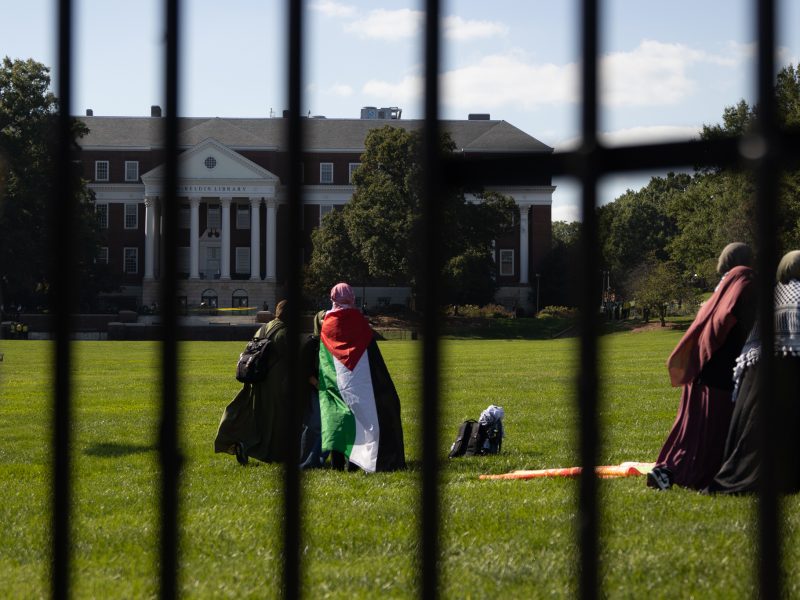Matthew Tejada first worked in environmental justice in Houston, Texas, where a chemical processing center replaced a natural bayou right next door.
The area is “the largest petrochemical hub in North America,” where 48 percent of all hydrocarbon in the United States is processed, he said, and it was his job to find out how people reacted to living so close to a polluted area.
“What do you do when you’re in a neighborhood that’s completely surrounded [by refineries]?” asked Tejada, director of the EPA’s Office of Environmental Justice. “This was mind-blowing to me; I had no idea what I was getting into.”
On Thursday, Tejada spoke at the University of Maryland about this experience, which taught him the value of educating people on the importance of environmental justice.
Almost 50 students and faculty members attended the public health school’s fifth annual Environmental Justice and Health Lecture, called “The Future of Environmental Justice Work at the EPA and Beyond.”
Environmental justice is focused on “protecting and improving the health and the environment of folks around this country who need that protection the most,” Tejada said. He addressed what the agency does to incorporate environmental justice in every aspect of its work.
The office’s main goal is listening to what people think are the most pressing environmental issues in the United States, Tejada said.
“One of the primary functions of my office is to be that funnel, to take what’s happening in the world, to take the voices of people, to take the issues that are really important to communities across the United States, and get those things into the agency,” Tejada said.
Tejada drew attention to the ways different communities require different kinds of attention based on aspects such as their demographics and geography, said Sacoby Wilson, assistant professor in the Maryland Institute for Applied Environmental Health.
“The OEJ is one of the primary units within the federal government leading the efforts to address environmental injustice across the country,” said Wilson, who helped coordinate the event. “We try to highlight the work of leaders who are doing great work in environmental justice.”
Currently, the office is educating and training people throughout the federal government about how to use the National Environmental Policy Act “to further environmental justice,” Tejada said.
The act “is how we regulate ourselves,” Tejada said. “[It is] how we can minimize or mitigate impact ahead of time before [federal] projects get out there and start causing negative consequences for people across the United States.”
The future of the office includes putting out technical guidance for rulemaking to ensure it includes environmental justice considerations and putting out the EJ 2020 Action Agenda, the office’s next five-year strategy, Tejada said.
Although junior Shalom Sabwa had already heard Tejada speak earlier in the week in a class, she said she could not pass up another opportunity to hear his lecture.
“He came to speak to us on Tuesday about environmental justice,” said Sabwa, a behavioral and community health student. “I wanted to see him speak again because he is a great presenter.”



